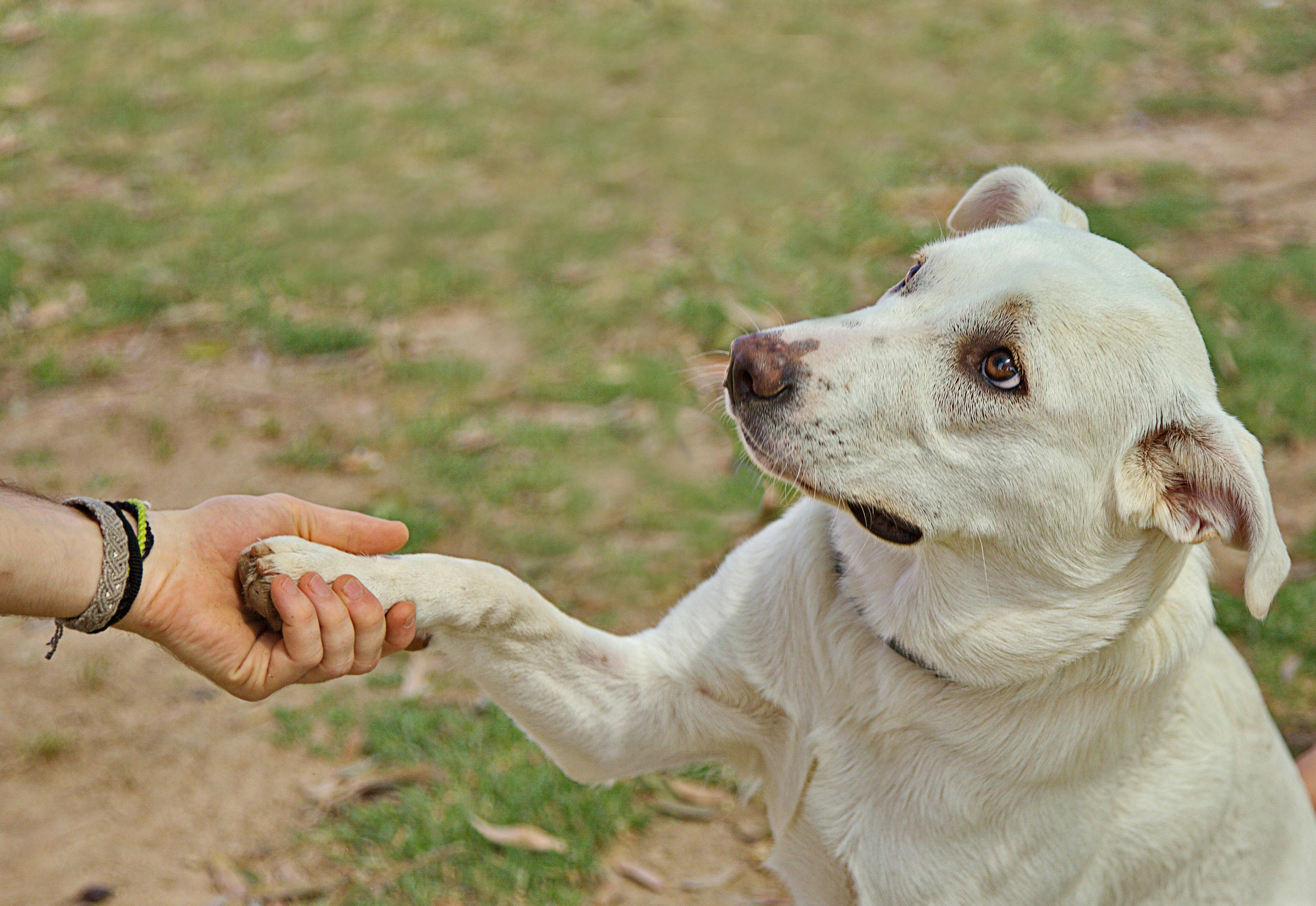What is hip dysplasia? It is actually one of the worst canine diseases that can affect many breeds, including the German Shorthaired Pointer. Why does this disease occur? It may be related to more than one genetic problem. It is also possible that something in the dog’s environment is responsible for the disease. Some of the environmental factors could be growth rate, type of exercise, and nutritional factors. Although the German Pointer may be predisposed to hip dysplasia, the disease may not be triggered without the correct combination of environmental factors.
Our original question was: what is hip dysplasia? We need to know something about the hip joint, which is where the hind legs meet at the canine hip. It is like a human hip joint called a ball joint. The head of the femur (thigh bone) is the spherical part of the joint as it fits into a serrated space in the pelvic bone (part of the socket). Muscles and ligaments are attached so that the ball joint has adequate range of motion. If there are problems such as loose ligaments or poor muscles and the smooth movement of the joints is compromised, the German Shorthaired Pointer can develop very painful arthritis. Hip dysplasia can occur unilaterally or bilaterally in the canine. There may be a number of issues involved, such as problems with the ball section or socket section of the joint or with the entire joint.
When the German Shorthaired Pointer is born, the hip joint is more than likely normal and appropriately functional for movement. If you recall, the possible triggers were discussed above and it is likely that if the dog is exposed to one or more of these triggers, the joint abnormalities can begin to affect the surrounding structures which are then stretched so that contact between the ball and the cap becomes abnormal. It may happen that walking eventually becomes impossible. Although some puppies are diagnosed with hip dysplasia, it is usually diagnosed in canine adulthood. The dog owner will notice that the dog’s gait is changing; leg extension is decreasing; Difficulty handling the stairs will be noted and the GSP may appear to be in pain. The pain and accompanying movement disorder can result in an inability to walk. Hip dysplasia is truly a miserable disease for both the GSP and the owner.




